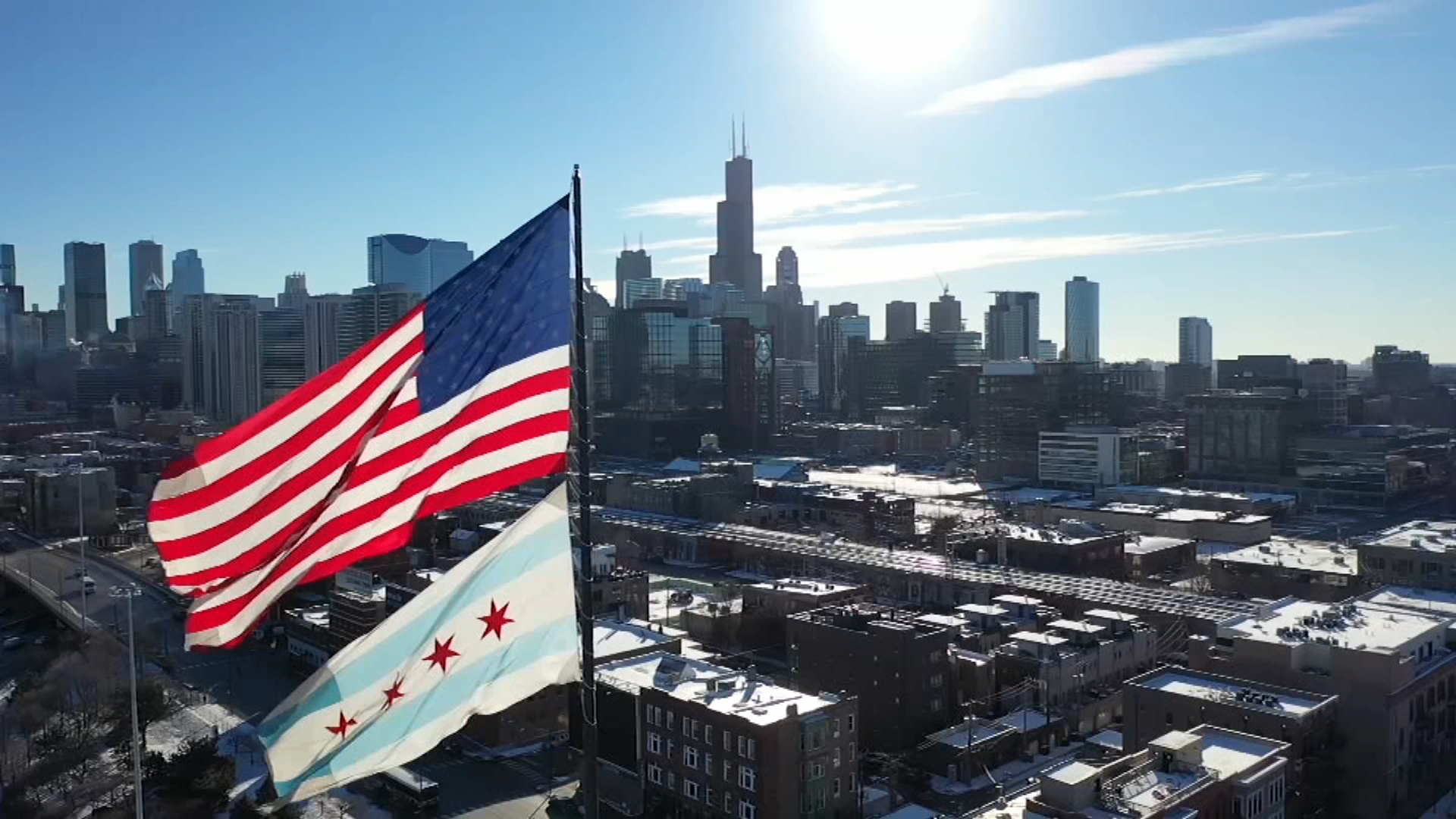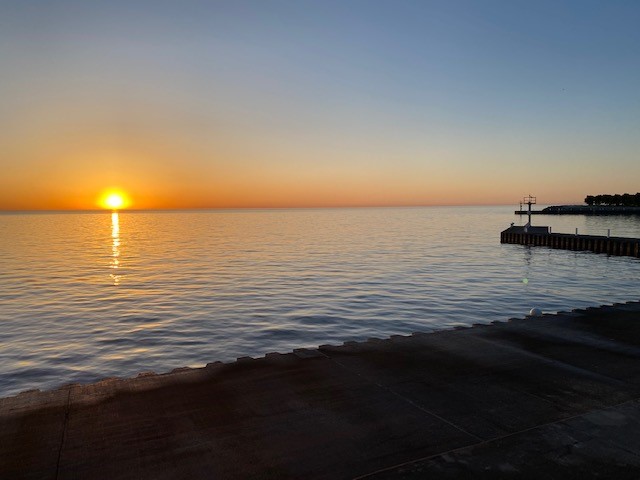Right now, many of us preparing to turn back our clocks an hour to mark the end of daylight saving time.
But if we kept DST year-round, it would mean we wouldn’t “fall back” in November. So what would that do exactly?
If daylight saving time didn't end this year, our sunrise in January would be 8:18 a.m. and sunset would be 5:30 p.m.
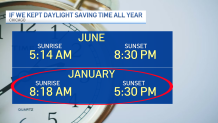
In Chicago, the sun would rise after 8 a.m. from Dec. 3 through Feb. 3.
An 8:18 a.m. sunrise in January isn’t too late when you consider the time sunrise would be on the western edge of the eastern time zone in Michigan and most of Indiana. Grand Rapids would have a sunrise at 9:13 a.m. and sunset at 6:18 p.m. in January. Indianapolis would have a sunrise of 9:05 a.m.
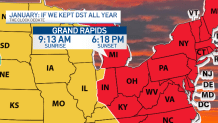
A late sunrise can cause a number of problems in January. Kids would be out in the dark going to school (yes, it’s already dark in standard time but it would be even darker with a later twilight).
Local
We begin to warm up and the air begins to mix the second the sun rises over the horizon, so icy or foggy conditions would last longer into the morning, which could lead to more traffic incidents.
Feeling out of the loop? We'll catch you up on the Chicago news you need to know. Sign up for the weekly Chicago Catch-Up newsletter here.
What if we keep standard time instead?
Our changes would be during the summer months since our current system has us in standard time in winter.
Our sunrise in June would be 4:14 a.m. instead of 5:14 a.m., and the sunset would be 7:30 p.m. instead of 8:30 p.m.
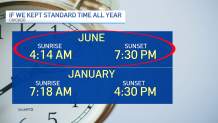
That’s an early sunrise, and we would miss out on warm summer-evening activities with an earlier sunset. Still, standard time would be more in-line with our circadian rhythm and easier to adapt to than keeping DST all year.

